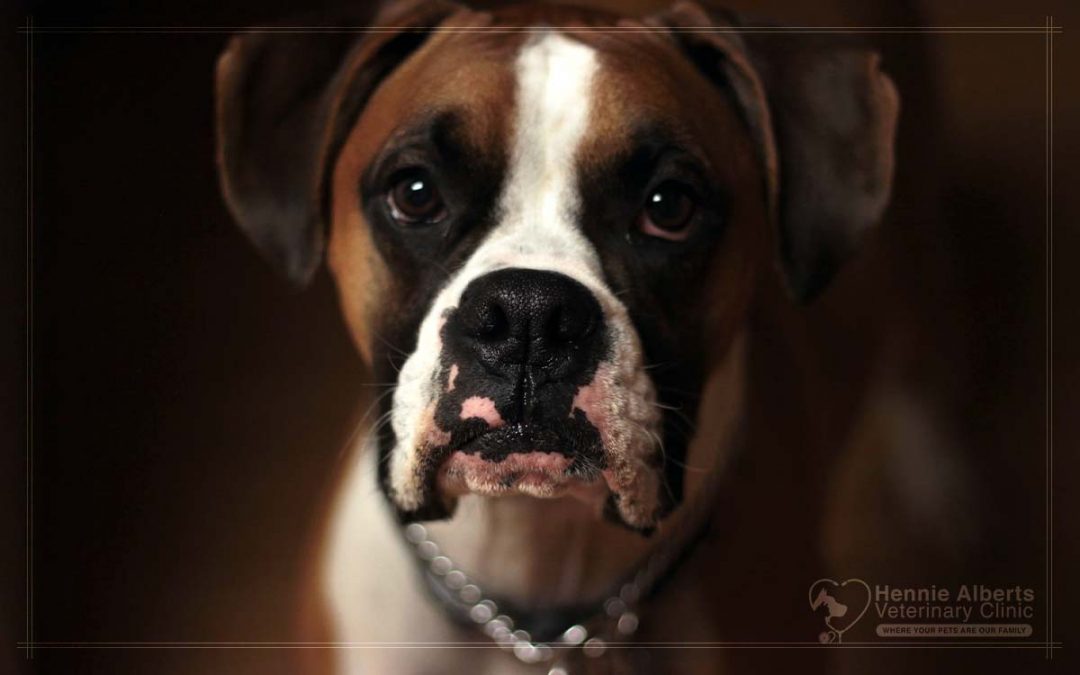Separation anxiety happens when a dog who is very attached to his owner gets stressed when left alone. It can be the result of being weaned too early, being abandoned, or simply due to the temperament of the dog.
Some causes of separation anxiety include being left alone for the first time or when he’s used to being with people, change of ownership, moving from a shelter to a home, and change in family routine or schedule or the loss of a family member.
Dogs who suffer from separation anxiety show a lot of stress when they are alone. They may howl, bark, or whine to excess, have indoor accidents even though they are housebroken, chew things up, dig holes, scratch at windows and doors, drool, pant, or salivate way more than usual, and pace, often in an obsessive pattern or try to escape. When you return home there is usually a prolonged, over-enthusiastic greeting.
The dog likely won’t do any of these things to an extreme while its owner is around. A normal dog might do some of these things once in a while, but one with separation anxiety will do them almost all the time.
It is important to first rule out medical issues. Sometimes dogs have accidents in the house because of infections, hormone problems, or other health conditions. It also could be due to incomplete housebreaking. Medication might also may cause indoor accidents and would need to be discussed with your vet.
It is a difficult, but not impossible, condition to treat. With patience, you can overcome the destructive behaviour associated with separation anxiety completely. Punishing your dog is the last thing you should do in this situation. He won’t be able to associate the mess he has made while you were out with the punishment he receives a few hours later. Your dog may appear to act guilty but this is simply submissive behaviour: Dogs don’t feel guilt but can anticipate punishment. Looking down, tucking his tail between his legs, slinking, and showing his belly are all ways a dog shows submission, not guilt.
Give your dog a special treat each time you leave. Only give him this treat when you’re gone, and take it away when you get home.
Make your comings and goings low-key without a lot of greeting. Ignore your pet for the first few minutes after you get home.
Leave some recently worn clothes out that smell like you. Consider giving your pet over-the-counter natural calming supplements.
A dog with severe anxiety won’t be distracted by even the tastiest treats.
You’ll need to slowly get him used to your absence. A pet may start to get nervous when they see signs that you’re about to leave, like putting on your shoes or picking up your keys. So those things without leaving. Put on your shoes and then sit down at the table. Pick up your keys and watch TV. Do this over and over many times a day.
When your dog starts to feel less anxious about those things, you can slowly start to disappear. First just go on the other side of the door. Ask your dog to stay, then close an inside door between you. Reappear after a few seconds. Slowly increase the amount of time you’re gone. Put on your shoes and pick up your keys. Ask your dog to stay while you go into another room.
As he gets more used to the stay game, increase the amount of time you’re gone. Then use an outside door, but not the same one you go out every day. Make sure your dog is relaxed before you leave. Gradually build up the time until you can leave the house for a few minutes. Then stay away for longer and longer periods.
In general, for all dogs, make sure your pet gets lots of exercise every day. A tired, happy dog will be less stressed when you leave. It’s also important to challenge your pet’s mind. Play training games and fetch. Use interactive puzzles. Work his mind as well as his body. That will keep him busy, happy, and too tired to be anxious while you’re gone.
If this doesn’t help, we can recommend a behaviourist who will visit your home and help you. Some dogs may need medication to help, but is only necessary if behavioural modification is ineffective or while introducing behavioural modification.

